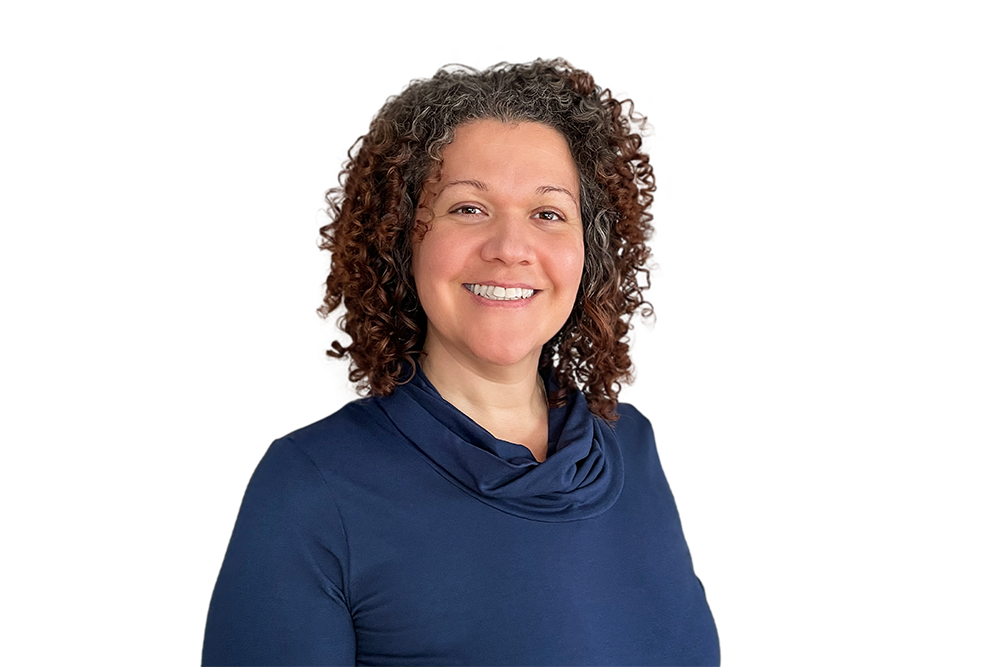Why Is Making Progress on Diversity, Inclusion, and Belonging So Difficult?

Despite investing time and $8 billion per year, organizations still struggle to make progress on diversity, inclusion, and belonging (DI&B). Workplace diversity programs often fail or backfire. A study of 829 American companies over 20 years found the group that benefitted most from anti-discrimination training and targeted grievance procedures was, in terms of representation at the management level, white men.
Just sit with that for a minute. An incredible amount of investment and energy and resources, and we still see white men benefitting more than any other group. And despite the continued need to make progress, we’re also starting to see more cases of backlash and conflict on DI&B policy, resulting in setbacks and discontentment among employees and customers.
Why do we continue to fail so badly? Is there really anything that might create a difference?
To make sustainable change, leaders need to start having hard and honest conversations about what is really getting in the way of progress. We believe there are four major obstacles to progress on diversity, inclusion, and belonging:
- Measuring success versus progress
We want to know when we are done. We push our appointed DI&B lead to deliver a scorecard for success, we create a plan for all the best-in-class initiatives, and we make a few highly visible talent moves. Check. We’re done. Too many companies view DI&B as a project that has start and end dates, and they overfocus on “How will we know we are successful?”
Why don’t we focus on progress instead? Progress takes hard work, and it’s uncomfortable for results-oriented leaders to think about transformation versus destination. Measuring progress takes a long-term view that acknowledges DI&B requires a leadership and cultural shift. To make progress, you have to invest time, energy, and effort.
On the journey, no matter who you are, you will likely feel conflicted, defensive, vulnerable, anxious, and threatened. You may engage in conversations in which you will discover your values and sense of how the world operates have not always aligned with being the most equitable leader. If you cannot get comfortable with that discomfort, then you cannot make progress.
- Pushing accountability to others
Clients want the programs that RHR’s team delivers to be transformational and complete. They’re investing time and money, and at the end, they want to feel that their leaders are complete—no longer racist or sexist or any other “ist” and fully ready to create organizations that are both diverse and inclusive.
Compare this to what you’d expect from any other leadership program. Participants would be expected to make the most of what they had learned by putting it into practice. The accountability would sit squarely on the shoulders of the leaders to learn, adapt, and own their behavior in a meaningful way. This is a subtle but important difference that pushes accountability for DI&B away from employees.
The chief diversity officer or chief inclusion officer are often in the same boat. They get messages like: we hired you to fix the problem, we invested the resources, we did the training, let us know when we are fixed, and let us know when we are done. If only it were that simple. I think it’s great that organizations are hiring people to champion DI&B and investing in meaningful and impactful development experiences. But the accountability for change has to sit across the leadership team and across the organization.
- Alienating the majority
Should anti-oppression efforts focus on creating equity? Absolutely. But real and meaningful progress cannot happen if we are simultaneously alienating or diminishing the experience of other groups.
Across all groups there are employees who are intently interested in living and working in an organization that is inclusive and where everyone has a strong sense of belonging. However, research shows that workplace toxicity, disengagement, and feelings of disconnection are up across all employees. Bringing all employees along on the journey is critical for long-term, sustainable progress.
We recently had a great discussion with Wendy Smith on our “Movers & Shapers” podcast about this; paradoxically, if we want to create diverse spaces, then we need to sustain the voice of the majority to enable voice for the minority. If the majority voice is continually diminished, then although it is possible to improve representation, it won’t be sustainable.
- Focusing only on representation
Representation is important. I love it when I see people who look like me at the top of organizations. In fact, I love seeing representation in all aspects of my life, including movies, advertisements, and especially in roles and spaces that have been limited to predominately white faces. But the notion that diversity alone drives performance is not necessarily true.
As I discussed with Gallup’s Pa Sinyan on another RHR podcast, I applaud the focus on representation, but there needs to be the same amount of effort around inclusion and belonging. Diversity is incredibly impactful for innovation, critical thinking, and finding the best solutions, but it takes inclusion and belonging to ensure it is also good for speed and efficiency.
The view from the top isn’t simple either. Underrepresented groups might see diversity in the leadership team and expect those leaders to fill in the gaps in their experience by advocating, sharing critical information, and shifting operational norms that are not conducive to equity. But those leaders are often having a tough time themselves, trying to survive, adapt, and justify their placement in the role. They are spending a lot of personal psychological and mental capital to be successful while also feeling responsible for paving the way for others. Diversity at the top doesn’t necessarily mean there will be an instant or immediate flow of diverse talent coming up.
Focus on progress, not success
To make sustainable change in our cultures and in equity and belonging, we have to focus on progress, not on success.
As a leader:
- Make the time to know who you are. Being a good leader requires a great degree of self-awareness, and these are areas that we have not spent much time thinking about. Leadership has been an intellectual experience for decades, and it will take a lot of self-reflection and awareness to start leading and engaging with a full human lens.
- Get used to being uncomfortable. Have the courage to ask hard questions and really break down what’s keeping us from creating cultures where our talent can be fully leveraged. It’s okay to acknowledge you have been doing your best and that your best likely has not been good enough. We can learn, and we can do better.
- Identify cultural norms that are getting in the way of a culture of belonging. Does your culture thrive on perfectionism or politeness or have such a specific way of communicating and building relationships that it’s too much work for people who don’t easily “fit in?” Are you willing to give up what’s been comfortable in order to accelerate the success of the business and shift the culture?
- Stay connected to the actual experience of your employees. Don’t depend solely on engagement surveys to tell you how people are doing. Find ways to give employees a voice and space to bring light to what is not working and how it can be better. Listen and be willing to learn and adapt.
- Have patience. As the world learns a new way of leading, we are all going to mess this up, and behavior change takes time. There is no good answer to how we will know when we are successful other than we will no longer need to even ask that question.
Diversity, inclusion, and belonging is about a path forward. Let’s start by meeting on the path together.








